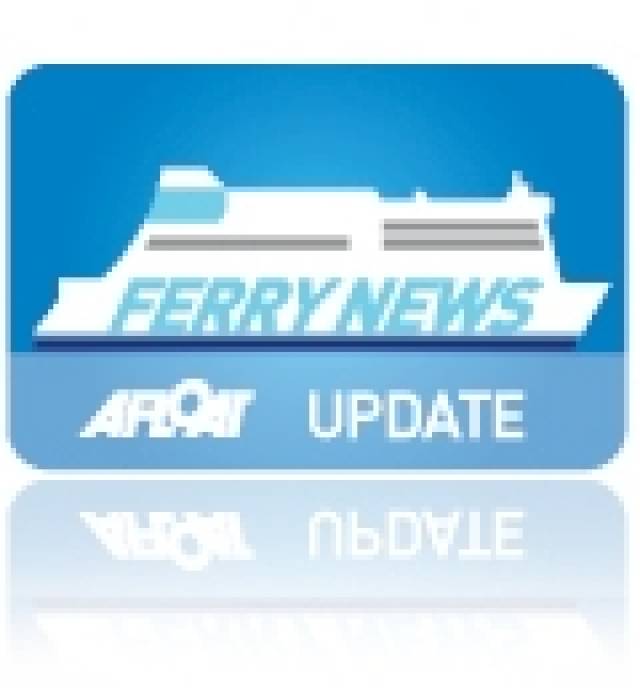#WorldFerryFirst - A World first in the ferry industry as this month of March marks the methanol fuelled, Stena Germanica back into service.
On 26 March, the 2001 built ferry re-entered on the Gothenberg-Kiel service after a couple of months' lay off to facilitate conversion work.
Now, as the world's first methanol powered ferry goes into service, Stena Line is the first shipping company to operate a ferry with environmentally friendly methanol as the main fuel. This will mean reduces emissions of sulphur and particles drastically compared to previously used fuels.
The project has been carried out in collaboration with the engine manufacturer Wärtsilä, the ports of Gothenburg and Kiel as well as the world's largest producer and supplier of methanol, Methanex Corporation.
"We are very enthusiastic about methanol's possibilities and it has the potential to be the maritime fuel of the future. We want to pursue change and development in the shipping sector and, with the Stena Germanica, our environmental impact will be completely different to what the industry has seen before," said Carl-Johan Hagman, CEO Stena Line.
Methanol is a biodegradable, environmentally friendly and cost efficient fuel that reduces the emissions of sulphur and particles by 99%.
The conversion of the 1,500 passenger capacity ferry has been carried out in Gdansk, Poland, at the Remontova shipyard.
The Polish group's neighbouring yard in Gdynia is where the major overhaul and refit of Stena Superfast X took place prior to her Irish Sea debut earlier this month on the Dublin Port-Holyhead route.
The refurbishment of Stena Germanica at the shipyard has been on innovation to benefits the company's customers and society in general, and being the first in the world to convert a ferry to run on methanol is a large step towards long-term sustainable transports.
According to Stena, the emissions from methanol are roughly the same as for LNG (Liquefied Natural Gas), but are easier to process and do not place the same demands on infrastructure. Since 2005, Stena Line has worked to reduce its environmental impact by means of an energy-saving programme and it has succeeded in reducing the energy consumption of our ships by an average of 2.5% per year.
Methanol is a colourless liquid that can be produced from natural gas, coal, biomass or even CO2. By using methanol, the emissions of sulphur (SOx) are reduced by roughly 99%, nitrogen (NOx) by 60%, particles (PM) by 95% and carbon dioxide (CO2) by 25% when compared to fuels currently available.
Stena recently received this year's Green Ship Technology (GST) award for efforts in converting the Stena Germanica to run on methanol. The company's important project and for the entire industry, is seen to be more long-term in sustainable fuel alternatives in order to remain competitive.































































